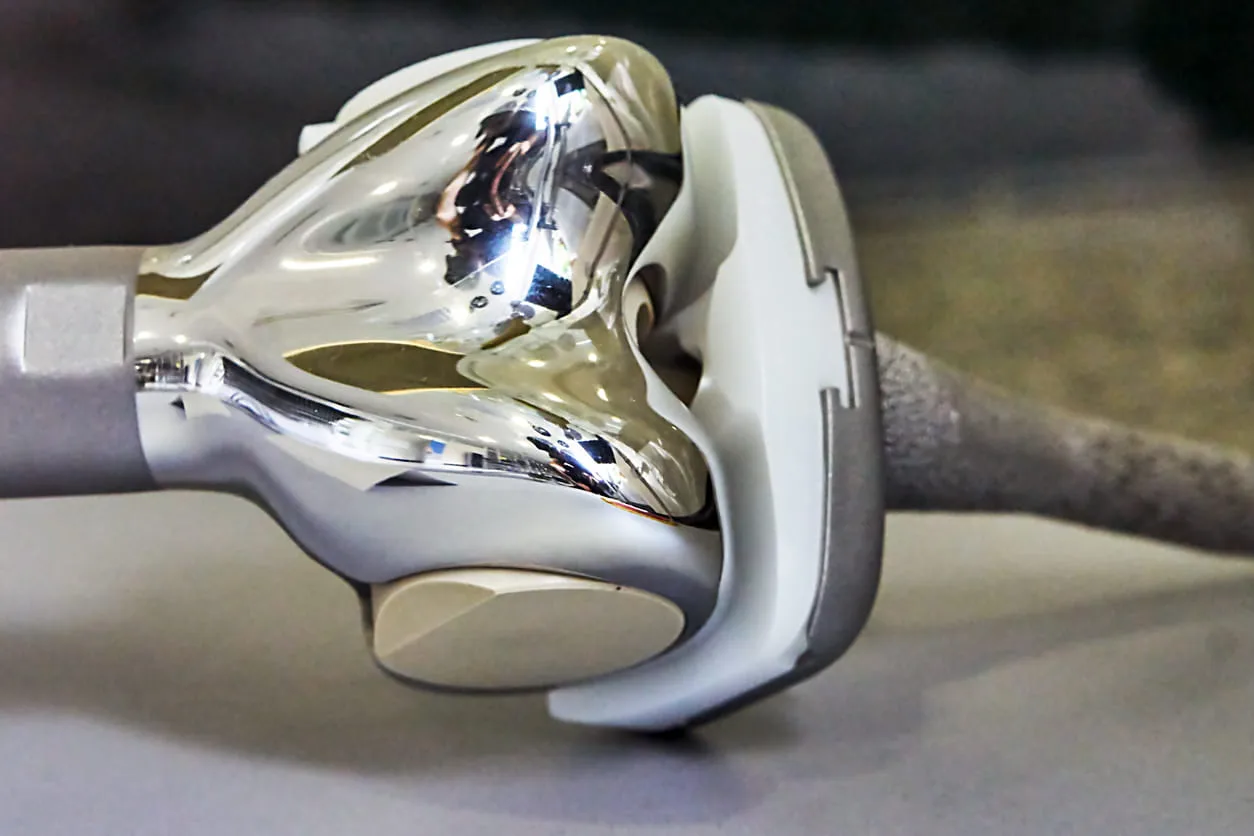Why it's done
The most common reason for knee replacement surgery is to ease pain caused by arthritis. People who need knee replacement surgery usually have problems walking, climbing stairs and getting up out of chairs
If only one part of the knee is damaged, surgeons often can replace just that part. If the entire joint needs to be replaced, the ends of the thighbone and shinbone are reshaped and the entire joint resurfaced. These bones are hard tubes that contain a soft center. The ends of the artificial parts are inserted into the softer central part of the bones.
Ligaments are bands of tissue that help hold joints together. If the knee's ligaments aren't strong enough to hold the joint together by themselves, the surgeon may choose implants that can be connected so they can't come apart.
Risks
Knee replacement surgery, like any surgery, carries risks. They include:
- Blood clots. Surgeons typically recommend blood-thinning medications to prevent this risk. The most common location for blood clots is in the leg. But they can travel to the lungs and become deadly.
- Nerve damage. Nerves in the area where the implant is placed can be injured. Nerve damage can cause numbness, weakness and pain.
- Infection. Infection can occur at the incision site or in the deeper tissue. Surgery is sometimes needed to treat an infection.
- Diagnostic Laparoscopy
- Ovarial Drilling
- Ovarian Cystectomy
- Ovarion Torsion
- Operative Laparoscopy for Endometriosis
- Tubectomy
- Tubal Recanalization
- Tubal Clipping
- Salpingectomy for Ectopic
- Myomectomy(Multiple & Large)
- Aden myomectomy
- Laparoscopy for Uterine Anomalies
- Hysterectomy
- Bilateral Salpingectomy + Oophorectomy
- Adhesiolysis
- Laparoscopic Encerllage
- Pregnancy with Ovarian Torsion / Cysts

